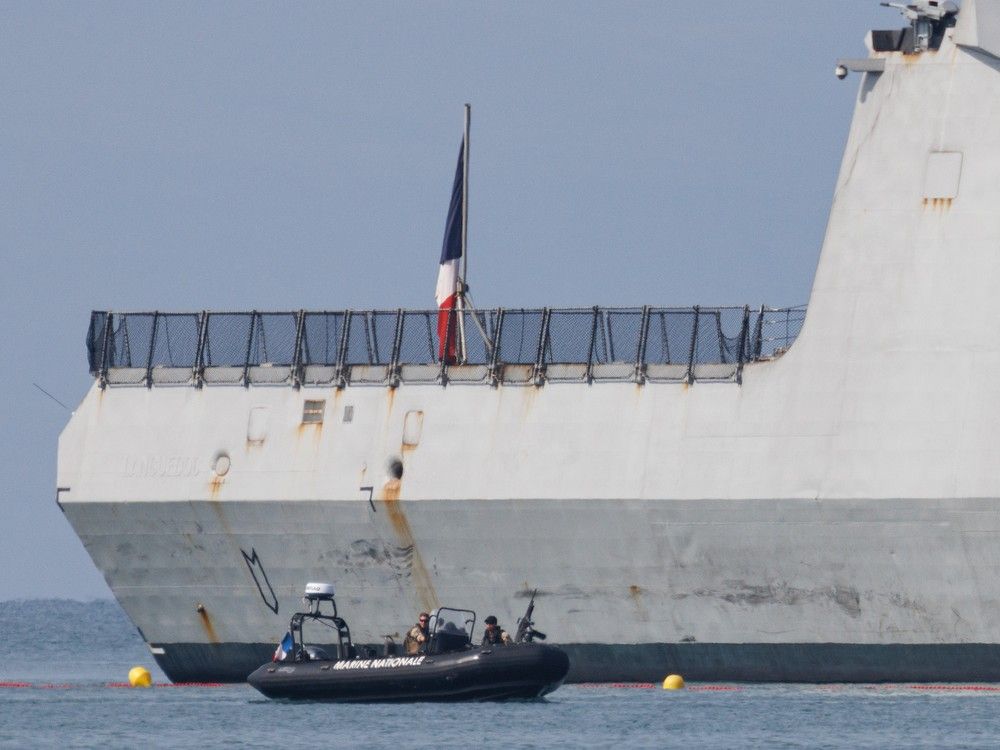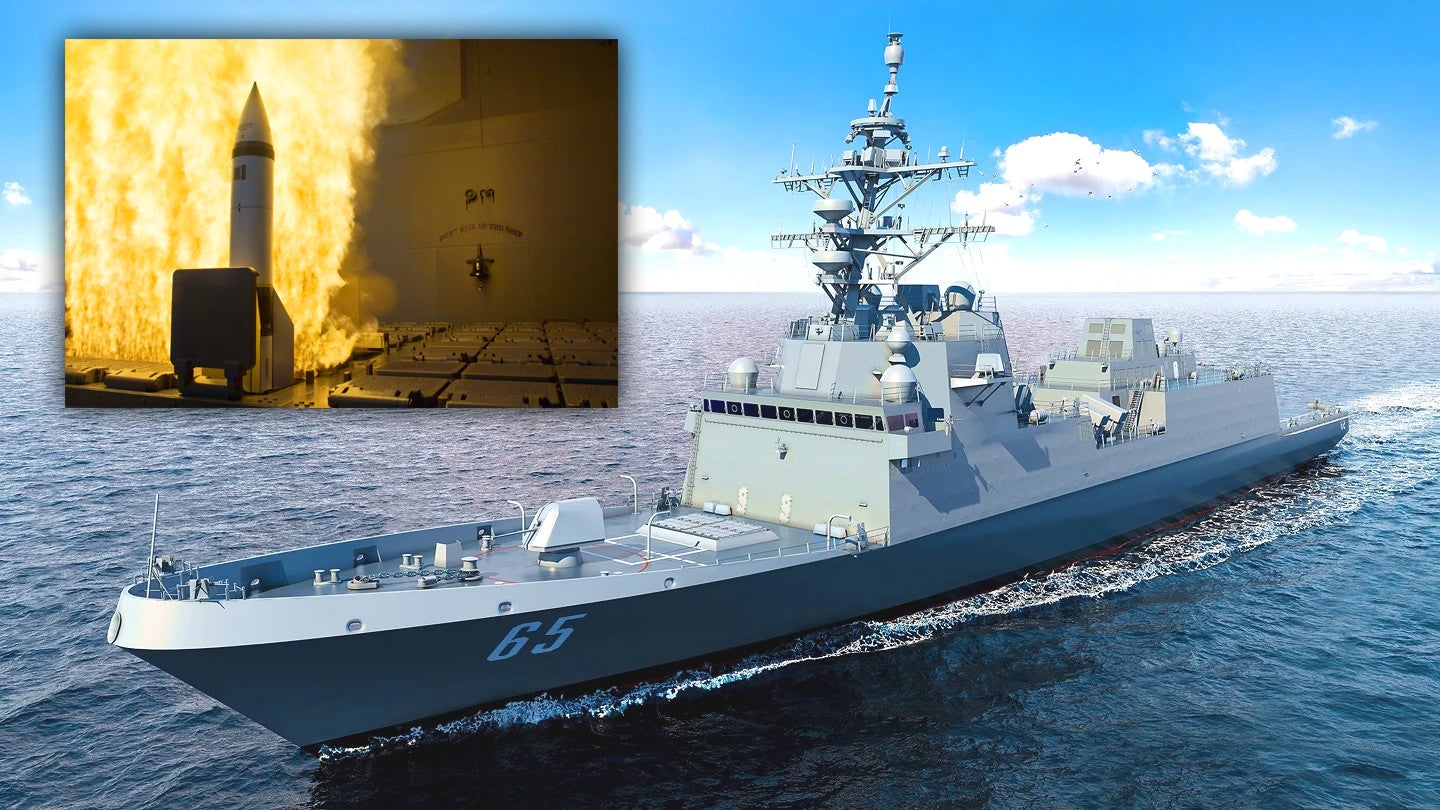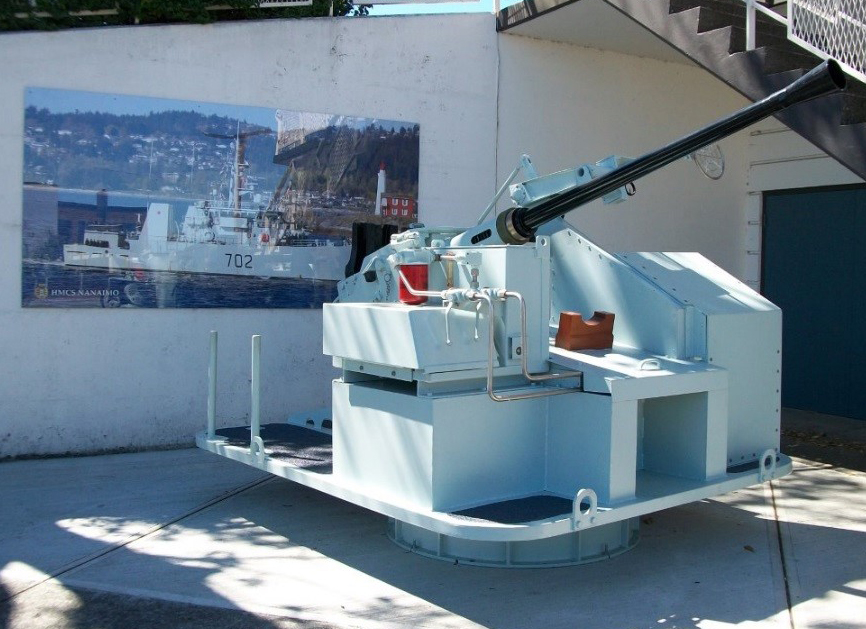The Navy is specifically interested in systems that have a demonstrated ability to counter drones in what the U.S. military defines as Groups 3, 4, and 5. Under the
Department of Defense's categorization system, Group 3 drones are ones with maximum weights of no more than 1,320 pounds, that can reach altitudes up to 18,000 feet, and have top speeds of up to 250 knots. Group 4 has the same altitude stipulation, but covers drones with maximum weights greater than 1,320 pounds and that can fly at any speed. Group 5, the largest drone category in the U.S. military's system, is for any uncrewed aircraft with a maximum weight greater than 1,320 pounds and that can fly above 18,000 feet.
As a more specific example, Iran's now-infamous
Shahed 136 kamikaze drone,
variants and
derivatives of which are now in service in Russia and with several Iranian-backed proxies, falls in the Group 3 category. The Group 4 category includes things like
Iran's Mohajer 6 (also now
in use in Russia, among other countries) and the U.S. Army's
MQ-1C Gray Eagle. The
MQ-9 Reaper is typically used as an example of a Group 5 type, but this very open-ended category encompasses all kinds of larger drones. All of these are, of course, just a small sample of the kinds of drones that fall into these three categories.
A U.S. Defense Intelligence Agency graphic comparing the features of Iranian Shahed 136 kamikaze drones and examples observed in Russian service, known locally in that country as the Geran-2.
DIA
The NAVSEA contracting notice says that "demonstrated capability against other classes of UAS" is also "of interest."

:quality(70)/cloudfront-us-east-1.images.arcpublishing.com/archetype/LGGJERZKVNDNDIWMEL5BX67QOA.jpg)
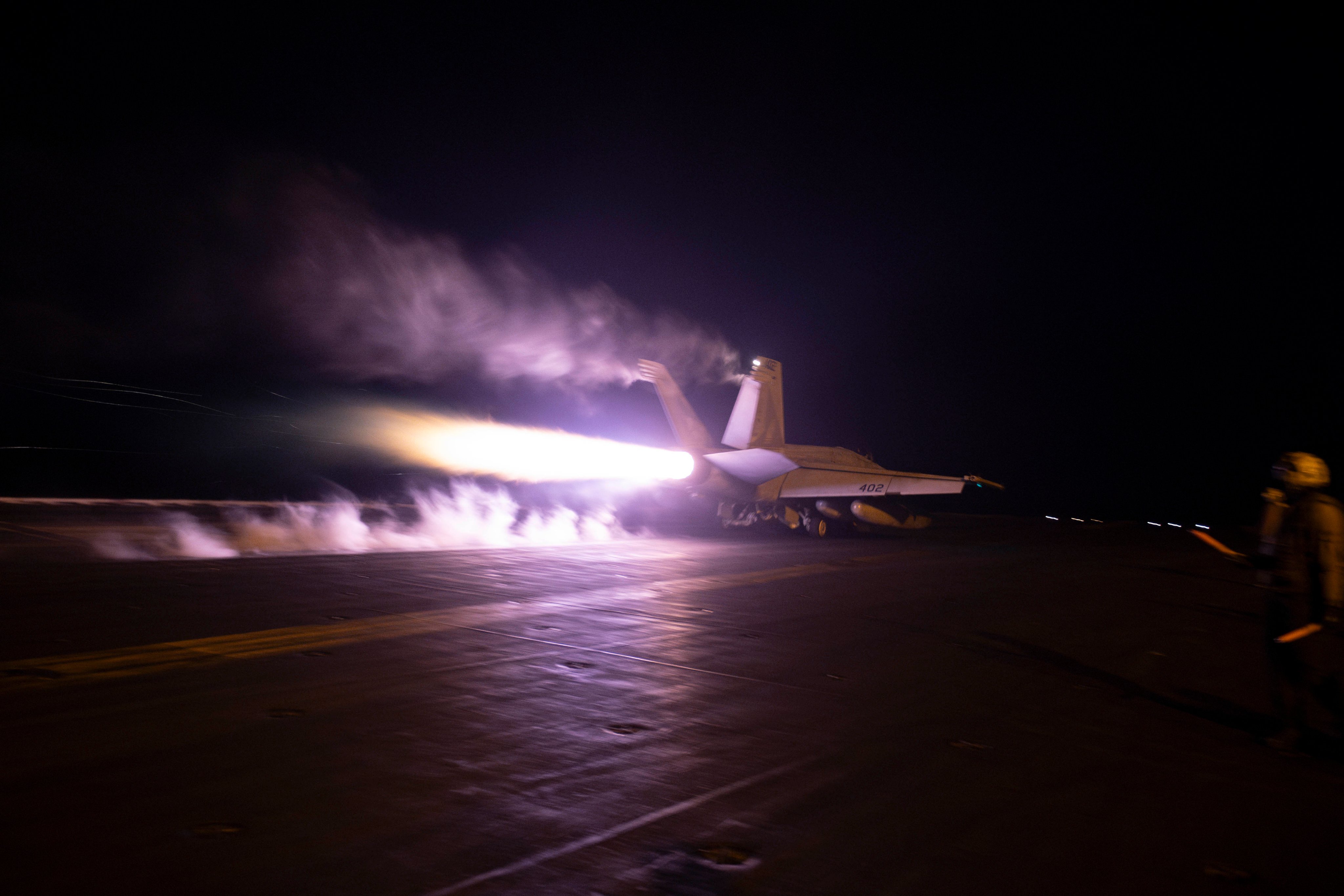
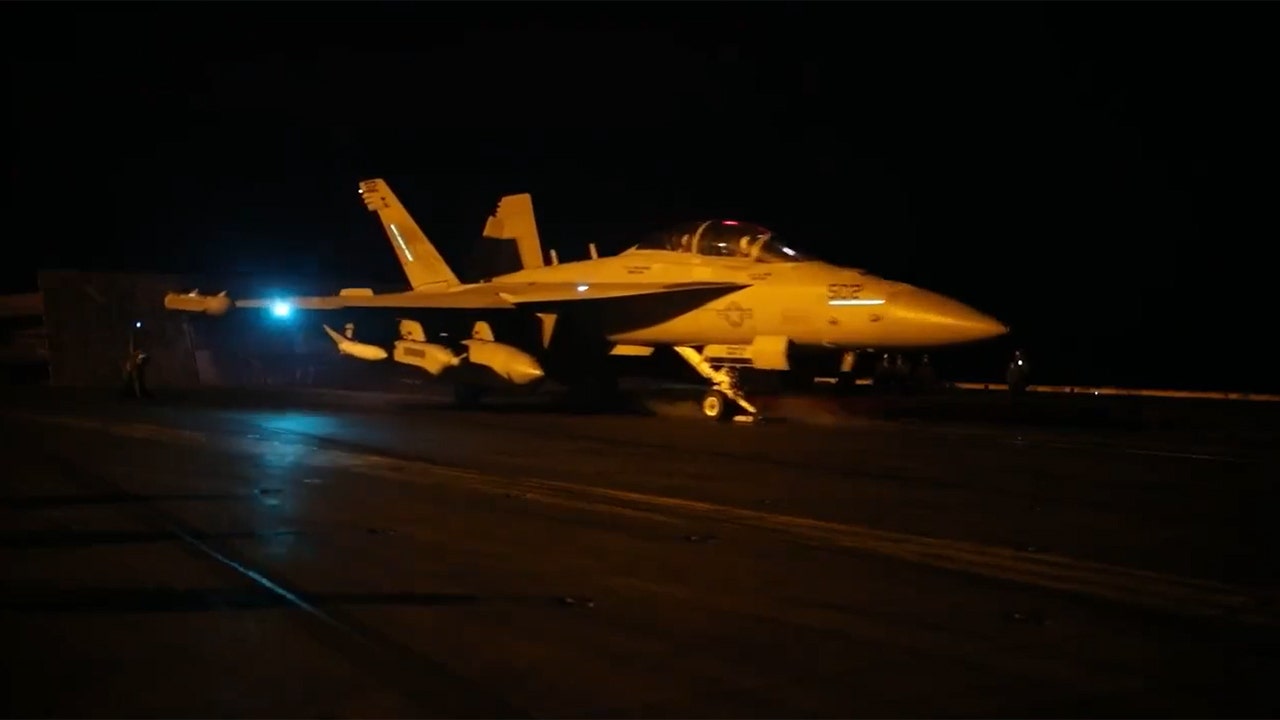
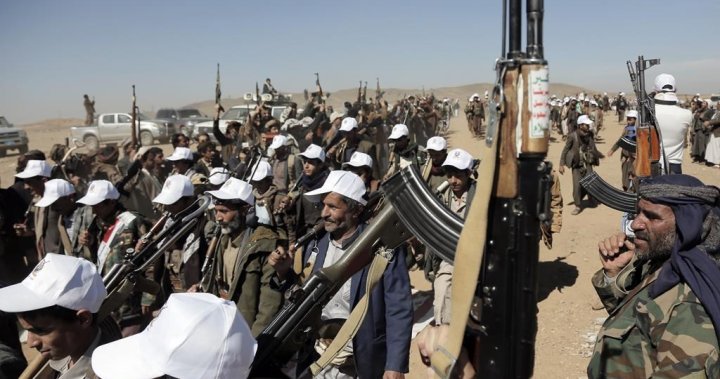
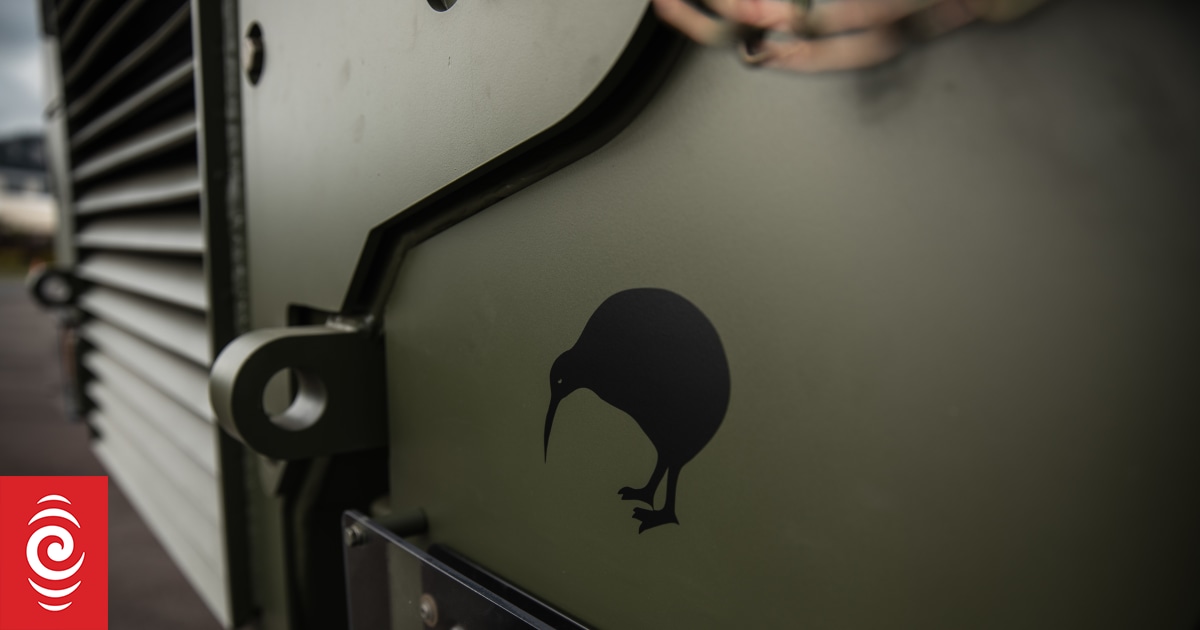


/cloudfront-eu-central-1.images.arcpublishing.com/prisa/H2XFIR7XOJHG3E6LDCCX5FEE5Q.jpg)


